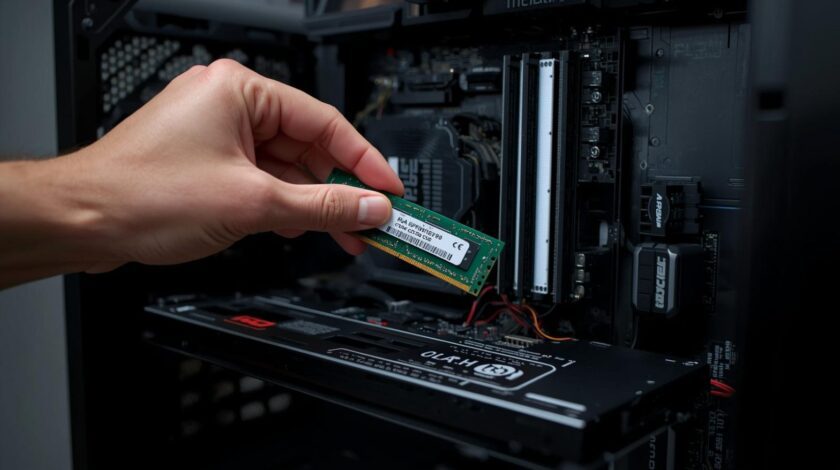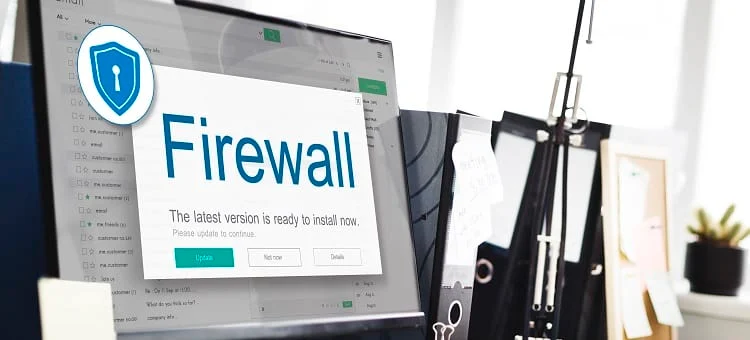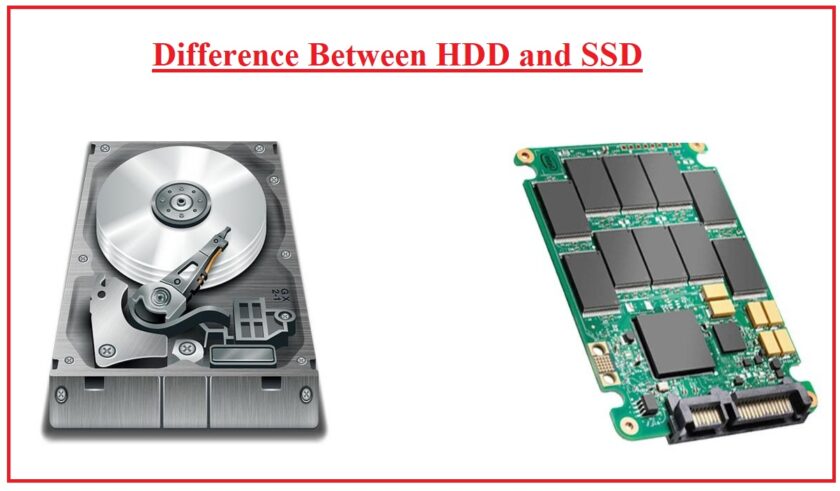Blockchain technology has a wide range of use cases across multiple industries, leveraging its key features like decentralization, transparency, security, and immutability. Below are some prominent use cases of blockchain technology:
1. Cryptocurrencies
- Bitcoin:
- Bitcoin is the first and most well-known cryptocurrency that operates on a decentralized blockchain, allowing peer-to-peer financial transactions without intermediaries like banks.
- Use Case: Digital currency for secure and borderless financial transactions.
- Example: People can send and receive Bitcoin globally without relying on traditional financial institutions.
- Ethereum and Smart Contracts:
- Ethereum introduced smart contracts, self-executing contracts with the agreement terms written into code, which automatically execute when predefined conditions are met.
- Use Case: Automating legal contracts and decentralized applications (dApps).
- Example: In decentralized finance (DeFi), smart contracts enable users to borrow, lend, or trade assets without intermediaries like banks.
2. Supply Chain Management
- Traceability:
- Blockchain enhances supply chain transparency by allowing every stakeholder to track the movement of goods, verify the authenticity of products, and reduce fraud.
- Use Case: Tracking product provenance, authenticity, and status at every step of the supply chain.
- Example: Walmart uses blockchain to trace the origin of food products, enabling fast recalls in case of contamination and improving food safety.
- Anti-Counterfeiting:
- Blockchain can record every transaction and movement of goods, making it harder for counterfeit goods to enter the supply chain.
- Use Case: Verifying the authenticity of high-value goods, pharmaceuticals, and luxury items.
- Example: LVMH uses blockchain to authenticate luxury goods, ensuring that customers receive genuine products.
3. Healthcare
- Electronic Health Records (EHRs):
- Blockchain can securely store and share patient medical records, ensuring privacy and control over personal data while enabling authorized healthcare providers to access necessary information.
- Use Case: Secure, interoperable, and tamper-proof storage of patient health records.
- Example: Medicalchain uses blockchain to create a transparent, accessible health record for patients and doctors to share in real-time.
- Drug Traceability:
- Blockchain can be used to track pharmaceuticals from production to the point of sale, ensuring drug authenticity and reducing the risk of counterfeit drugs in the market.
- Use Case: Tracking drugs across the supply chain to prevent counterfeit medicines.
- Example: Pfizer and other pharmaceutical companies are using blockchain to enhance the traceability of drugs.
4. Financial Services
- Cross-Border Payments:
- Blockchain facilitates fast and low-cost cross-border payments by eliminating intermediaries, reducing transaction fees, and improving speed.
- Use Case: Instant, low-cost international money transfers.
- Example: Ripple’s XRP token and its blockchain network allow banks and payment providers to settle cross-border payments in real time.
- Decentralized Finance (DeFi):
- DeFi uses blockchain and smart contracts to create financial services like lending, borrowing, trading, and earning interest without intermediaries such as banks.
- Use Case: Peer-to-peer financial services that operate without traditional banking intermediaries.
- **
Example**: Platforms like Aave and Compound allow users to lend and borrow cryptocurrencies directly from other users, with interest rates determined by smart contracts.
- Asset Tokenization:
- Blockchain enables the digitization of physical assets (such as real estate, art, or commodities) into tokens, which can then be traded on blockchain platforms.
- Use Case: Fractional ownership and digital trading of assets, reducing barriers to entry for investors.
- Example: Real estate platforms like RealT allow investors to purchase fractional ownership of properties through blockchain tokens.
5. Voting Systems
- Tamper-Proof Voting:
- Blockchain can provide a transparent, secure, and verifiable way to conduct elections, ensuring that votes cannot be tampered with or altered.
- Use Case: Secure, transparent, and verifiable elections with immutable voting records.
- Example: Voatz is a blockchain-based voting platform that has been piloted in elections, ensuring that votes are recorded transparently and accurately.
- Decentralized Voting:
- Blockchain can also enable decentralized decision-making through secure voting mechanisms in decentralized autonomous organizations (DAOs).
- Use Case: Voting on governance decisions in decentralized communities or organizations.
- Example: MakerDAO uses blockchain to allow holders of its governance token to vote on protocol changes and decisions.
6. Digital Identity
- Self-Sovereign Identity:
- Blockchain allows individuals to control their own digital identities, providing a secure and verifiable way to prove identity without relying on centralized authorities.
- Use Case: Secure, decentralized identity management systems that reduce identity theft and fraud.
- Example: Sovrin Foundation uses blockchain to enable users to manage their own digital identities, giving them control over who accesses their personal information.
- KYC/AML Compliance:
- Blockchain streamlines Know Your Customer (KYC) and Anti-Money Laundering (AML) processes by enabling secure and verifiable sharing of identity data between institutions.
- Use Case: Efficiently verifying identities across multiple institutions while maintaining privacy and security.
- Example: KYC-Chain uses blockchain to help companies perform KYC and AML checks in a secure and decentralized manner.
7. Intellectual Property and Royalties
- Copyright Protection:
- Blockchain can provide a secure, tamper-proof record of intellectual property ownership and licensing agreements, helping creators protect their work and receive royalties.
- Use Case: Managing and enforcing intellectual property rights and royalty distribution.
- Example: Imogen Heap, a musician, uses blockchain to manage the distribution of her music and ensure that royalties are paid directly to the creators.
- Digital Art and NFTs:
- Non-fungible tokens (NFTs) allow creators to tokenize digital art, music, and collectibles, providing proof of ownership and authenticity on the blockchain.
- Use Case: Tokenizing digital assets and enabling the trading of unique digital items.
- Example: Platforms like OpenSea allow artists to mint and sell NFTs, providing a new revenue stream for digital content creators.
8. Real Estate
- Property Transactions:
- Blockchain can streamline the process of buying, selling, and transferring property by providing a secure, transparent record of ownership and automating contracts.
- Use Case: Reducing the complexity of real estate transactions and ensuring transparency in ownership transfers.
- Example: Propy uses blockchain to facilitate property transactions, allowing buyers and sellers to execute contracts and transfer ownership digitally.
- Fractional Ownership:
- Blockchain enables fractional ownership of real estate, allowing multiple people to invest in a property by purchasing shares in the form of tokens.
- Use Case: Lowering the barriers to real estate investment by allowing fractional ownership.
- Example: Tokenization of properties on platforms like RealT allows investors to own a fraction of real estate assets.
9. Energy and Sustainability
- Peer-to-Peer Energy Trading:
- Blockchain can enable individuals to trade excess energy generated from renewable sources like solar panels directly with others in a decentralized manner.
- Use Case: Decentralized energy trading between individuals or communities, reducing reliance on central energy providers.
- Example: Power Ledger uses blockchain to allow consumers to buy and sell surplus renewable energy on a peer-to-peer marketplace.
- Carbon Credits:
- Blockchain can track and trade carbon credits more efficiently, ensuring transparency in carbon offsetting programs.
- Use Case: Tracking carbon credits and enabling transparent trading to support sustainability efforts.
- Example: IBM and Veridium are working on a blockchain platform to track carbon credits and ensure the integrity of carbon offset programs.
10. Insurance
- Smart Insurance Contracts:
- Blockchain can automate the insurance claims process by using smart contracts that automatically execute when certain conditions are met, reducing the need for intermediaries.
- Use Case: Automating claims and payments in insurance to reduce fraud and processing time.
- Example: Etherisc is a blockchain-based platform that offers decentralized insurance for various risks, including flight delays and crop insurance.
- Claims Transparency:
- Blockchain can provide a transparent record of insurance claims and payouts, helping reduce fraud and ensuring that claims are processed fairly and efficiently.
- Use Case: Reducing insurance fraud and improving trust through transparent claims processing.
- Example: Axa, a global insurance company, has tested blockchain-based smart contracts to automate travel insurance payouts for flight delays.
Conclusion
Blockchain technology is transforming industries by enhancing transparency, security, and efficiency in various applications. From financial services to healthcare, supply chain management to digital identity, blockchain’s decentralized and immutable nature is reshaping how we transact, store data, and interact with systems. As the technology matures, its use cases will continue to expand, providing new opportunities for innovation across multiple sectors.






